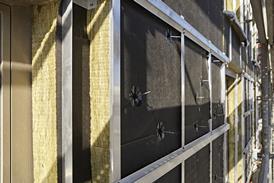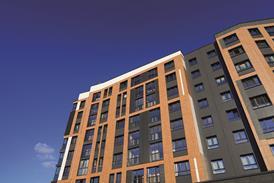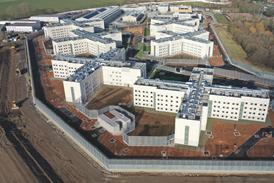The shortlist gave names of the architects, the client, the structural engineer and the contractor, but it did not include the names of a building services designer. Of course one might argue that architecture does not necessarily incorporate building services design, but even in the case of the bridge over the Liffey, there was a services engineer involved in the lighting. I am concerned about the RIBA policy of crediting engineers and have written to RIBA President Marco Goldschmied about it. With the increasing importance of sustainability, services design significantly influences the shape of buildings and services designers should be credited.
It is not easy for me to answer for the services contribution made in respect of all the buildings. However, the environmental aspects of those projects on the short-list had been picked out, illustrating that the contribution made by services engineering should not be ignored.
By my count, services engineers could be credited for at least fifteen of the fifty or so buildings shortlisted for the prize. These included the Great Glass House at the National Botanic Garden of Wales (where the natural ventilation design was pointed out) and the Sainsbury's Supermarket at Greenwich, which clearly owes a strong debt to building services design engineering.
It may be unfair to single out any particular project. Of course, this is why all services engineers should be credited.
It is my perception that the construction industry is a special part of the British economy. The designers of buildings need to work together and share one another's values. It follows from this that the CIBSE and other designers in the construction industry, the civil engineers and the structural engineers, should make a contribution to the Stirling Prize.
Source
Building Sustainable Design
Postscript
Prof Max Fordham OBE MA FREng FCIBSE FConsE Hon FRIBA, Max Fordham & Partners Consulting Engineers.
London





















No comments yet